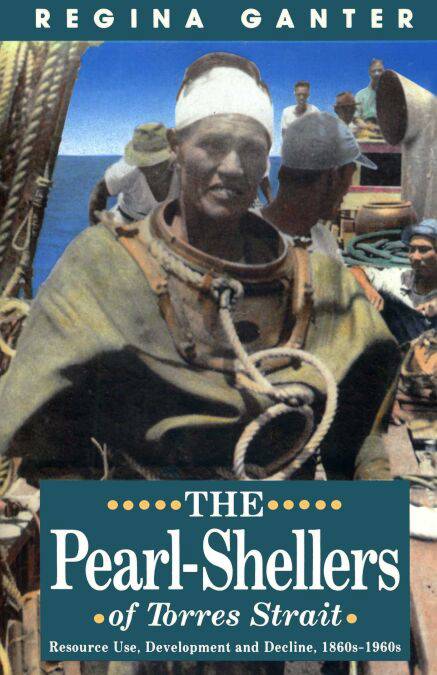
- Afhalen na 1 uur in een winkel met voorraad
- Gratis thuislevering in België vanaf € 30
- Ruim aanbod met 7 miljoen producten
- Afhalen na 1 uur in een winkel met voorraad
- Gratis thuislevering in België vanaf € 30
- Ruim aanbod met 7 miljoen producten
Zoeken
Pearl-Shellers Of Torres Strait E-BOOK
Resource Use, Development and Decline, 1860s–1960s
Regina Ganter
E-book | Engels
€ 15,33
+ 15 punten
Omschrijving
In an ethnically stratified work force, Japanese, South Sea Islander, Torres Strait Islander and Aboriginal divers brought up from the sea floor the shell that produced mother-of-pearl, and sometimes pearls. Many men died at this dangerous work.
This was an industry that could have given the indigenous peoples of Torres Strait an occupation that preserved their identity and independence. Yet in spite of a co-operative lugger scheme that operated fairly successfully in the early twentieth century, a real independence was not achieved. And a resource that could have been conserved by small-scale indigenous harvesting was depleted time and again by the colonial practices of resource-raiding and mass extraction.
Regina Ganter charts the progress of pearl-shelling from its heyday through its several crises resulting from overfishing to its present cautious management. The book is greatly enhanced by the oral testimony of divers and boat-owners.
This was an industry that could have given the indigenous peoples of Torres Strait an occupation that preserved their identity and independence. Yet in spite of a co-operative lugger scheme that operated fairly successfully in the early twentieth century, a real independence was not achieved. And a resource that could have been conserved by small-scale indigenous harvesting was depleted time and again by the colonial practices of resource-raiding and mass extraction.
Regina Ganter charts the progress of pearl-shelling from its heyday through its several crises resulting from overfishing to its present cautious management. The book is greatly enhanced by the oral testimony of divers and boat-owners.
Specificaties
Betrokkenen
- Auteur(s):
- Uitgeverij:
Inhoud
- Aantal bladzijden:
- 330
- Taal:
- Engels
Eigenschappen
- Productcode (EAN):
- 9780522872880
- Verschijningsdatum:
- 30/10/1990
- Uitvoering:
- E-book
- Beveiligd met:
- Adobe DRM
- Formaat:
- ePub

Alleen bij Standaard Boekhandel
+ 15 punten op je klantenkaart van Standaard Boekhandel
Beoordelingen
We publiceren alleen reviews die voldoen aan de voorwaarden voor reviews. Bekijk onze voorwaarden voor reviews.








